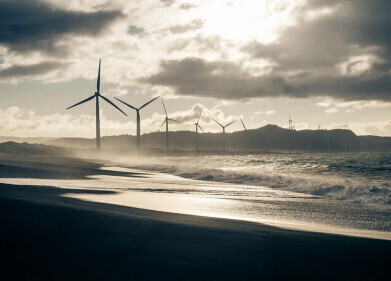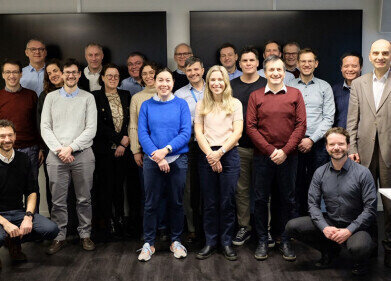Air Clean Up
Outlook for Asian environmental markets
Jan 13 2010
Bruce Jenkyn-Jones, Managing Director and co-portfolio manager of the new Impax Asian environmental investment trust, outlines the reasons behind the rapid growth of the Asian environmental sector and the various drivers stimulating demand:
China’s pledge to cut "carbon intensity"
- China has announced its plans to improve the energy efficiency of its factories, homes and powerplants, but has failed to set specific targets on greenhouse gas emissions.
- It has also pledged to increase renewable energy to 15% of the energy mix by 2020 and to increase the sewage treatment rate from 60% to 70% in 2010. The government has also announced that it will stop accepting imports of scrap polysilicon in order to comply with environmental regulations such as solid waste pollution laws.
- RMB1.27bn has recently been approved to subsidise rooftop solar PV installations. A nationwide solar power feed-in tariff is expected to be made by the end of 2009.
Other environmental policy developments
- Korea’s recent stimulus package has devoted 80% to environmental issues.
- The Australian government has also taken a crucial step in boosting renewable energy growth, by mandating a 20% renewable energy target by 2020, which could potentially unleash AU$22bn of investment into the sector.
Japan’s new government acting as a catalyst
- The new DPJ appears to be much more vocal on environmental goals than its predecessors.
- The manifesto includes pledges to reduce GHG emissions by more than 25% below 1990 levels by 2020 (as opposed to the 8% pledged by outgoing party). Key to this goal will be a domestic cap-and-trade scheme and the adoption of an arrangement whereby power companies buy renewable energy for a fixed price
- Plans are afoot to increase share of renewables from 5% to 10% of total primary energy supply by 2020 - mainly focusing on solar power.
- The DPJ is committed to establishing a domestic emissions trading scheme by 2010.
Global vs domestic demand
- Asian companies are supplying expanding global environmental markets and demand is high in the domestic Asian environmental markets.
Manufacturing costs
- Asian companies’ cheap manufacturing costs and relatively low capital intensity is positioning Asian environmental stocks for outperformance.
Urbanisation as a key contributor
- Continuous industrialisation and urbanisation in certain Asian regions, particularly China, is translating into intense pressure on urban infrastructure and rising demands for equipment and services such as water and waste management.
Economic outlook
- High savings rates, positive individual current account balances, well capitalised banks, low government debt and superior growth prospects are all contributing to make Asian economies attractive.
Bruce Jenkyn-Jones comments: "We believe the environmental sector has shown overall resilience so far to the global economic slowdown and we are optimistic this will continue, particularly with the growing interest in energy/ climate change issues and strong policy response to rising environmental problems.
"Our analysis of the environmental market as a whole has revealed there is a lag between Asian environmental stocks and the rest of Europe. Our aim is to capitalise on this rapidly developing sector with its abundance of exciting undervalued companies, and raise the profile of the Asian environmental market to a position commensurate with its huge growth potential."
Events
May 05 2024 Seville, Spain
May 13 2024 Munich, Germany
May 23 2024 Beijing, China
May 23 2024 Beijing, China
Jun 10 2024 Algiers, Algeria














